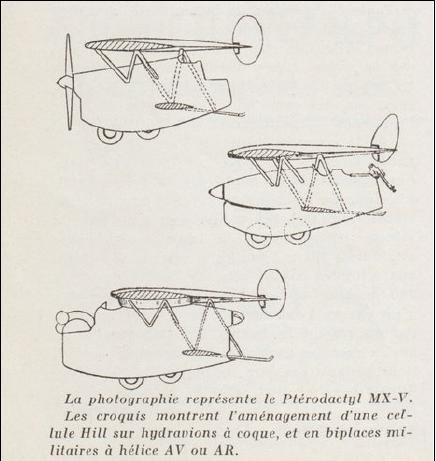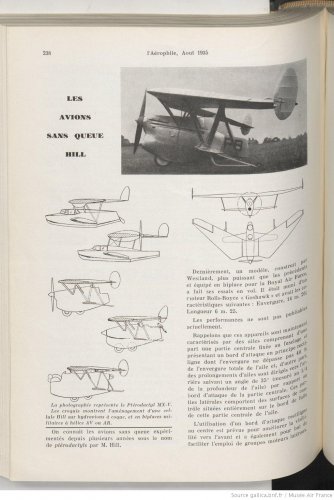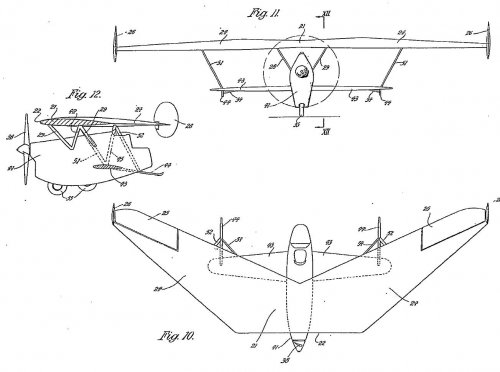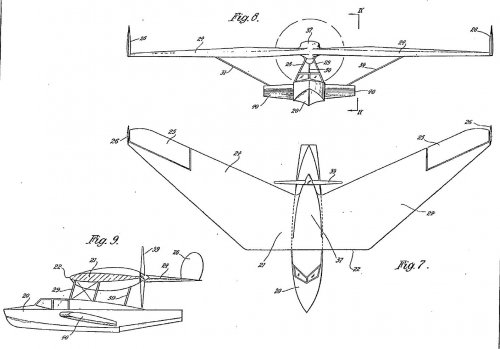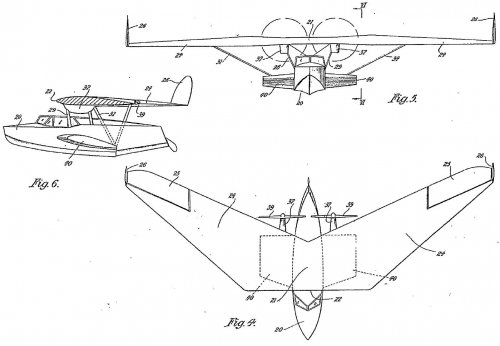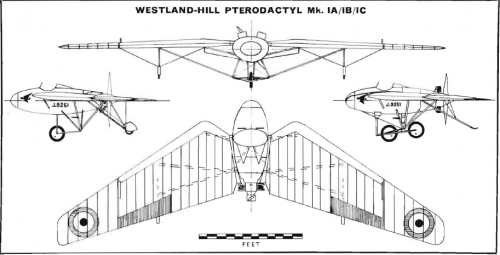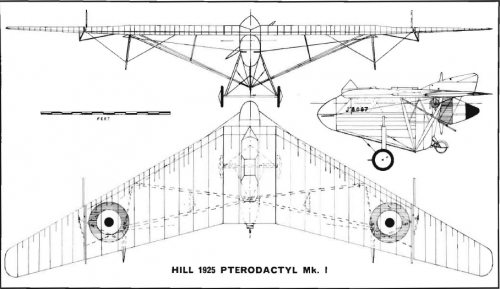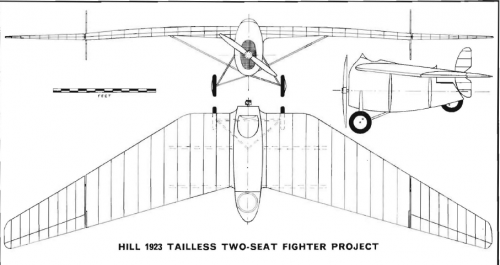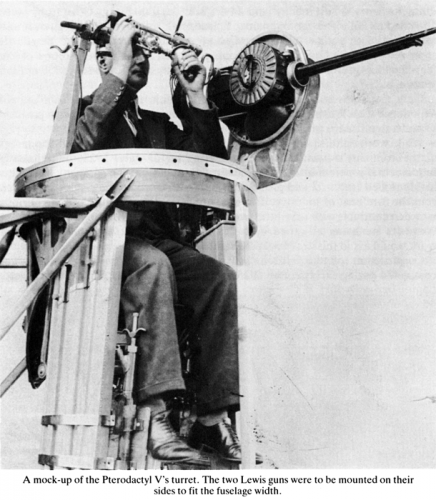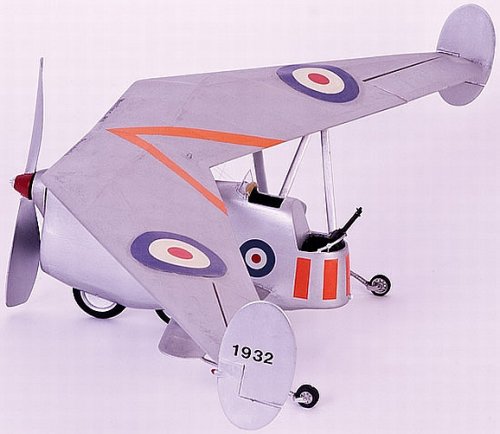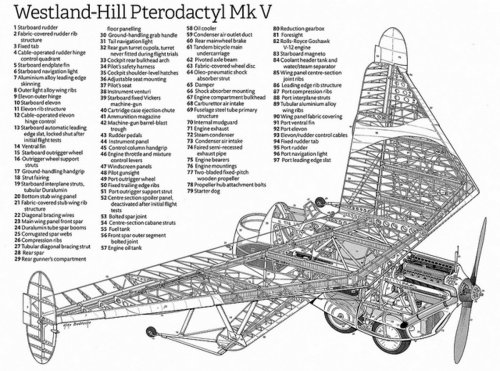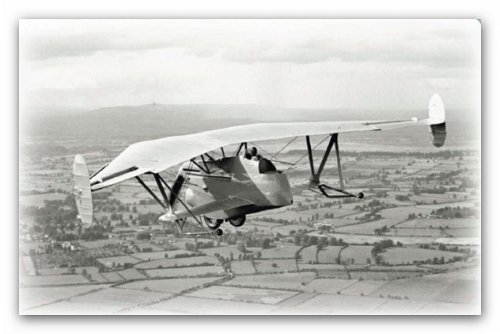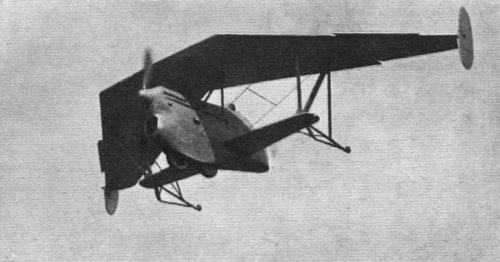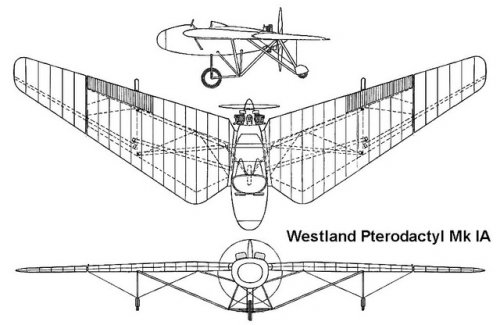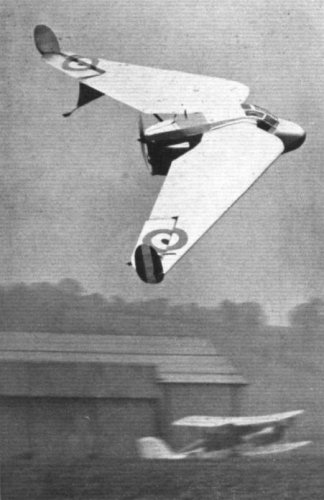Retrofit
ACCESS: Top Secret
- Joined
- 21 February 2007
- Messages
- 651
- Reaction score
- 313
Hello,
I am looking for any information concerning the 2 tailless military projects, refered as "Pterodactyl II" and "Pterodactyl III", presented by Geoffrey HILL to the Air Minitry in 1925-1927 , after the successful tests of his first powered "Pterodactyl" (aircraft now on show at the Science Museum).
It seems, but without any certitude, that the "Pterodactyl II" was a single-seat biplane with a pusher propeller, and the "Pterodactyl III" a two-seat gull-wing aircraft with a tractor propeller.
The two projects were rejected by the AIR Ministry.
At the same time or little after, Hill was engaged by Westland Aircraft Ltd where were designed and flight tested the Westland-Hill "Pterodactyl 1/1A/1B" (2-seat side by side experimental pusher), "Pterodactyl IV" (3-seat pusher aircraft) and "Pterodactyl V" two-seat fighter.
Thanks in advance,
I am looking for any information concerning the 2 tailless military projects, refered as "Pterodactyl II" and "Pterodactyl III", presented by Geoffrey HILL to the Air Minitry in 1925-1927 , after the successful tests of his first powered "Pterodactyl" (aircraft now on show at the Science Museum).
It seems, but without any certitude, that the "Pterodactyl II" was a single-seat biplane with a pusher propeller, and the "Pterodactyl III" a two-seat gull-wing aircraft with a tractor propeller.
The two projects were rejected by the AIR Ministry.
At the same time or little after, Hill was engaged by Westland Aircraft Ltd where were designed and flight tested the Westland-Hill "Pterodactyl 1/1A/1B" (2-seat side by side experimental pusher), "Pterodactyl IV" (3-seat pusher aircraft) and "Pterodactyl V" two-seat fighter.
Thanks in advance,





